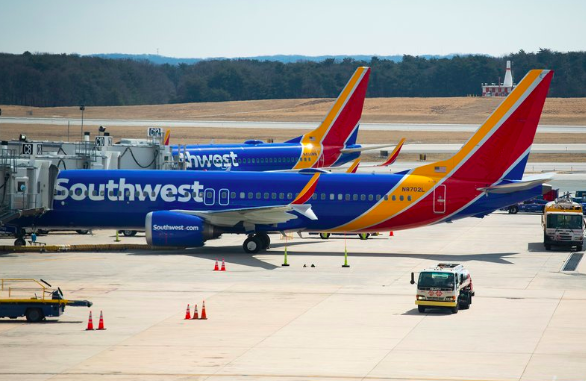Here Is Why You May Not Be Flying a Boeing 737 Max Anytime Soon
April 30, 2019
The 737 Max was a plane first built in 2011, yet it did not become commercially operated until 2015. In 2018, Lion air flight 610 crashed minutes after takeoff, and Ethiopian Airlines flight 302 had a crash almost identical. In both cases, no passengers survived. Both planes were a 737 max, and in both cases, the error was a software glitch.
Because of the larger engines on the 737 max, the plane, during test flights, tended to pitch backward after takeoff, which held the risk of the plane stalling. To solve the issue, Boeing implemented software to push the nose of the plane to the right position. It relied on sensors that would feed the autopilot information about the weight distribution amongst the aircraft. The autopilot would then react by correcting the pitch of the plane allowing it to ascend while maintaining a speed that would prevent a stall. The only problem was that on both of these occasions, this software failed. The software told the autopilot that the plane was stalling, even though it was not. When a plane stalls, it means that it is in a vertical position, so there is no speed, and the plane essentially falls out of the sky. To correct this “stall” the autopilot forced the nose of the plane downwards. Since the plane was not vertical, this forced it to enter a nose dive, and since it was so close to takeoff, elevation was not high, so the pilots could not recover from this nosedive. After this, the plane collided with the ground.
In response to the crash, the FAA (Federal Aviation Administration) ordered groundings of all Boeing 737 Maxes. They are still grounded today. Boeing made few comments about the incidents. They actually recommended the groundings in order to provide “an abundance of safety.” Boeing still backed up their plane/ software and claimed that the pilots did not follow proper protocol. Boeing has claimed that protocol before takeoff requires pilots to ensure that the plane’s sensors are calibrated properly. Interestingly, Southwest airlines, an airliner somewhat not relevant to the issue, (their only relevance is that they own multiple 737 maxes) claimed that Boeing never instructed their pilots to ensure proper sensor calibration before takeoff. Statistically speaking, Boeing’s argument could make sense, since ⅔ of all plane crashes are caused by pilot error.
If there is one thing for sure, it is that safety controls 99% of passenger selection when flying. Airliners will most likely ground the 737 max even when it is not mandatory in order to for their passenger’s to trust their safety. Boeing’s sales of this aircraft will drop heavily.

